Like Michelangelo, Botticelli, Rubens, and Raphael before him, the legendary photographer Helmut Newton used the golden ratio in the compositions of his masterful portraits and art celebrating the female form.
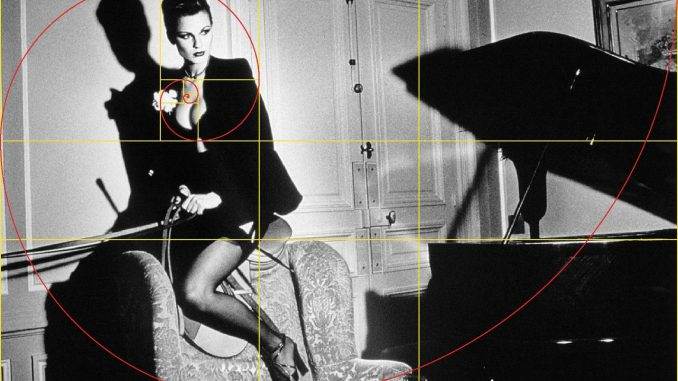
I’ll never forget that fine autumn afternoon when I first came across the book simply titled Helmut Newton while browsing the massive collection of used photography books in the Iliad Bookshop in North Hollywood.
The golden ratio immediately jumped out at me on the cover, as it always does whenever I see the human form which was composed in accordance with the golden ratio, as the golden ratio guides the mathematically optimum manner to arrange cells and bones during growth.
The designers of the book cover had brilliantly saluted the golden ratio by defining a golden rectangle via the width of Newton and the height of the model. And behold, just as in Michelangelo’s David and the Venus de Milo, the model’s navel was at a golden cut, while her hand, covering herself in modesty, was at the center. Progressive golden cuts also defined the location of her breasts, as they did for Venus and David:
Well, if the golden ratio is good enough for Michelangelo, Botticelli, da Vinci, Helmut Newton, and God and/or Evolution, I figured it was good enough for me.
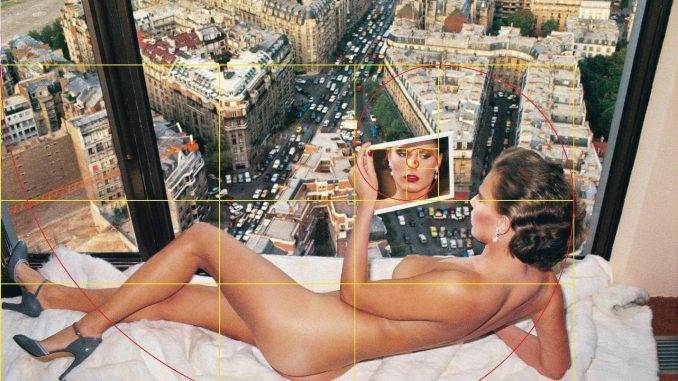
But why? Why does the golden ratio exalt beauty, I kept asking myself over the summer of 2016. And while conducting extensive research for my book, The Golden Ratio Principle , I formulated a humble explanation, which I named The Golden Ratio Principle:
Dr. E’s Golden Ratio Principle: The golden ratio exalts beauty because the number is a characteristic of the mathematically and physically most efficient manners of growth and distribution, on both evolutionary and purely physical levels.
The golden ratio ensures that the proportions and structure of that which came before provide the proportions and structure of that which comes after, thusly providing symmetry over not only space but time, and exalting life’s foundational dynamic symmetry.
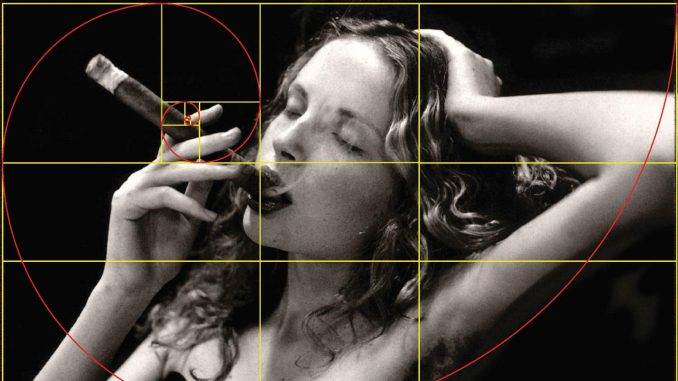
Robust, ordered, symmetric growth is naturally associated with health and beauty, and thus we evolved to perceive the golden ratio harmonies as inherently beautiful, as we saw and felt their presence in all vital growth and life.
In the salient features and proportions of humans and nature alike, from the distribution of our facial features and bones to the arrangements of petals, leaves, and sunflowers seeds.
As ratios between Fibonacci Numbers offer the closest whole-number approximations to the golden ratio, and as seeds, cells, leaves, bones, and other physical entities appear in whole numbers, the Fibonacci Numbers oft appear in the arrangement of nature’s discrete elements as “growth’s numbers.”
From the dawn of time, humanity sought to salute their gods in art and temples exalting the same proportion by which they and all their vital sustenance, as well as all the flowers and nature’s epic beauty, had been created—the golden ratio.
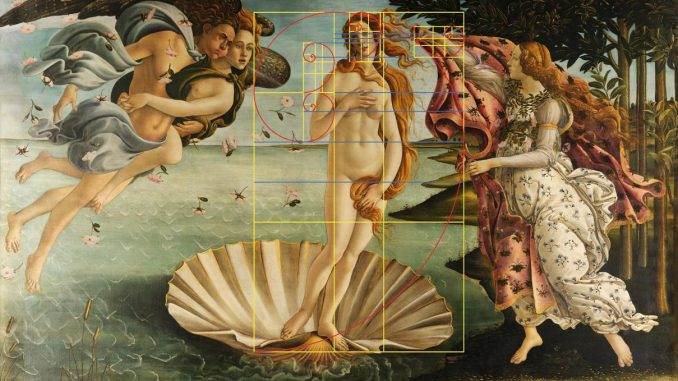
As the human body naturally exalts the golden ratio, as evident in classical art including Botticelli’s The Birth of Venus and the sculptures of Venus de Milo and Michelangelo’s David, it makes perfect sense that by using the golden ratio in the overarching composition of a photograph, one can unite the human subject with the greater photograph in a deeper harmony.
And from music, to architecture, to painting, a pleasing harmony in composition exalts the soul of a work, rendering it higher, deeper, and more subtle art.
There is no doubt that great artists such as Michelangelo, Leonardo da Vinci, Rubens, Raphael, and Picasso used the golden harmonies. While many elements of course contributed to their greatness, so too did many elements contribute to Helmet Newton’s place as a master artist in the in the photographic realm, the golden ratio being one of them.
Like Picasso, Newton was seen as a revolutionary, and just as Picasso yet used the timeless golden compositions in his innovative cubism, Helmet Newton used the classical golden harmonies in his innovative creations which ushered in a new style of fashion and fine art photography.
Even in rebelling, they could not help but create via the golden ratio which informs the composition of the human body–both the angels and rebel angels in Bruegel’s Fall of the Rebel Angels.



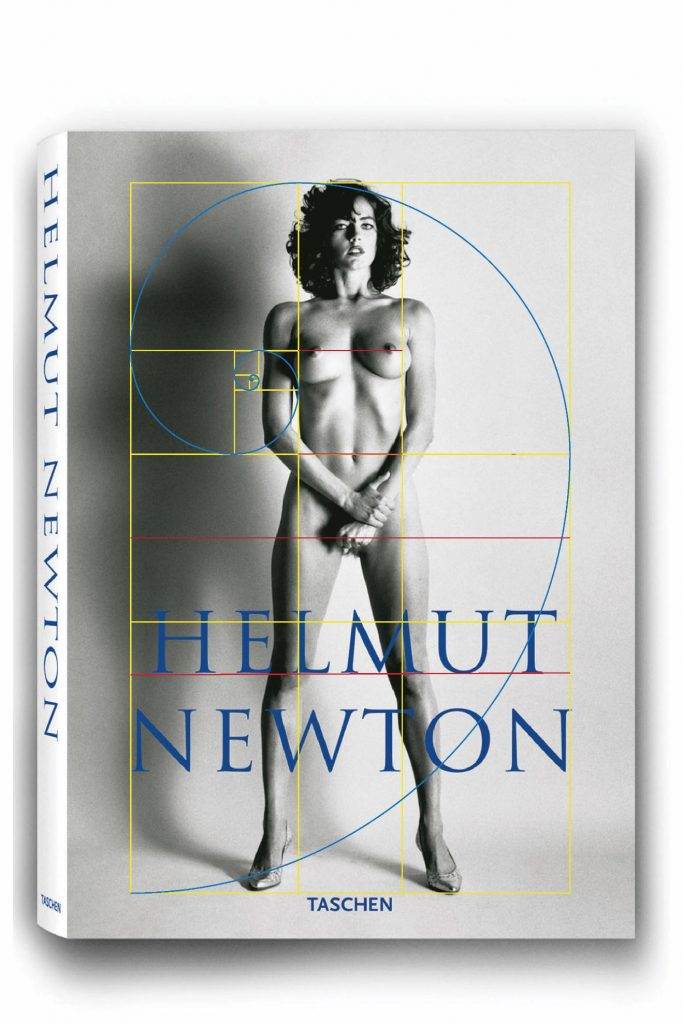
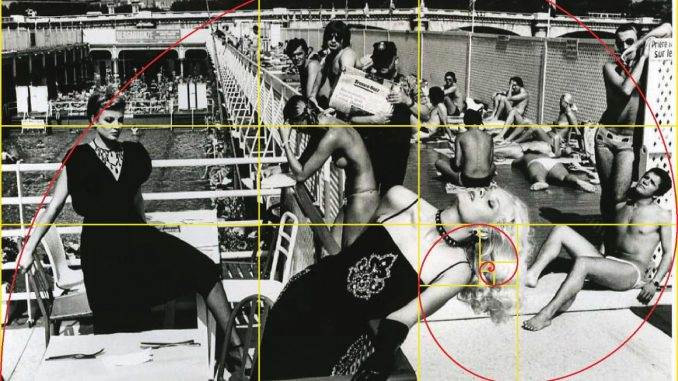
Good sales pitch article – I’m sold and will get the book!
Many thanks
Chris